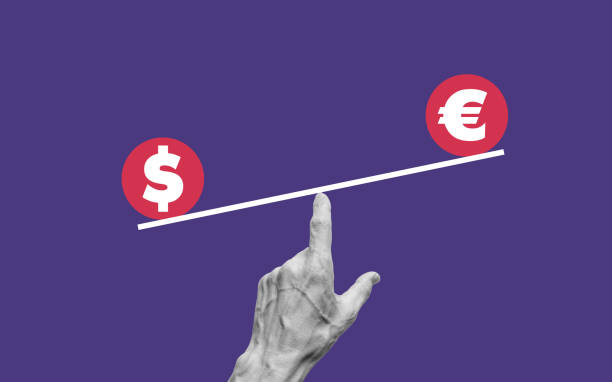Today marked the fourth consecutive session in which the Indian rupee struck a record low, as the US dollar maintained its relentless advance versus other major currencies. Foreign institutional investors continued to sell off Indian shares, placing more on the Indian rupee. Today, the rupee reached a new low of 79.90, surpassing Wednesday’s low of 79.66. On Wednesday, the local currency fell to a record low of 79.62 versus the US dollar.
Today, the U.S. dollar maintained its ascent as higher-than-anticipated US inflation data bolstered hopes for a more rapid Federal Reserve policy tightening. The US dollar’s appeal as a safe haven has been bolstered by mounting worries of a recession.
The consumer price index in the United States reached a 41-year high of 9.1 % in June, according to data released on Wednesday. This was due to supply chain constraints partially caused by the Ukraine conflict and increased demand. On Friday, a senior Fed official, Atlanta Fed President Raphael Bostic, will speak at an event.
After the release of US inflation figures, several market analysts predict that the Fed will increase interest rates by one percentage point at its next meeting this month. Relaxing a little bit. Friday’s employment report indicated that the world’s leading economy was able to survive the rate hikes, allowing the Federal Reserve greater flexibility for future increases.
The Fed’s efforts to tighten monetary policy continue to drive the dollar higher, and on Wednesday it surpassed parity with the euro before weakening.
In a recent analysis, Moody’s stated that extreme weather, the COVID-19 pandemic, lockdowns in China, and Russia’s invasion of Ukraine colluded to disrupt global supply chains and send prices rising.
The agency anticipates that oil and food prices will reach a peak in the next months, followed by a decline, although this forecast is contingent on the assumption that the armed situation in Ukraine will not worsen.
Brent crude futures are now trading below $100 per barrel due to the anticipation that rate rises by global central banks will hinder economic growth and, consequently, reduce oil demand.
The benchmark 10-year bond yield in India increased by 5 basis points to 7.39 % in response to the U.S. inflation rate. Bonds and the rupee are suffering as a result of traders’ expectations that the widening interest rate gap with the United States will further limit dollar inflows into developing economies, including India.













